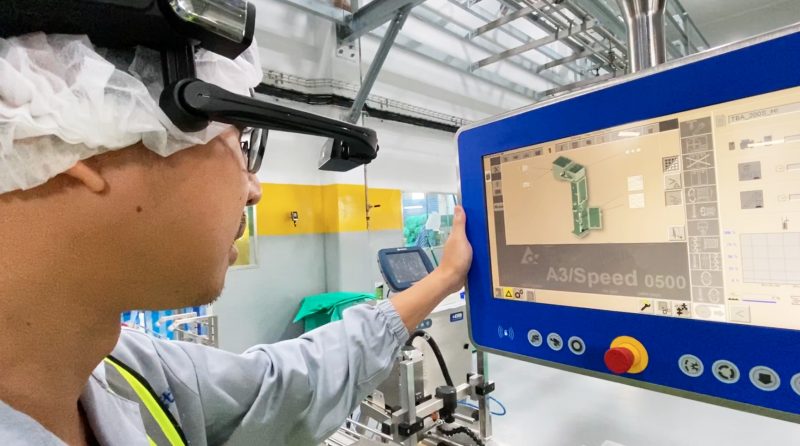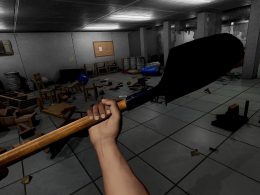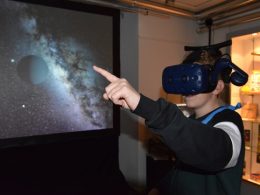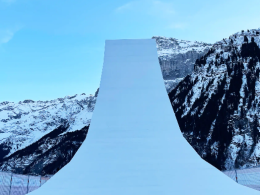Nestlé is increasingly using augmented reality to provide technical support during Corona. The company plans to continue along this path after the pandemic.
Due to the constraints associated with Covid-19, Nestlé has continued to expand technical support through augmented reality. The food company had already started remote technical support projects before the pandemic, but the Corona crisis gave these projects additional impetus.
Remote support with AR
With the help of smart glasses and 360-degree cameras, Nestlé experts can remotely support its production facilities, research and development sites and external suppliers. The Swiss-headquartered multinational uses these technologies to help build or reconfigure factories, perform critical maintenance and check suppliers' equipment.
"Protecting our employees is a top priority for Nestlé. The introduction of augmented reality technology, for example, is helping us to increase speed and efficiency in our factories and reduce our overall travel."says David Findlay, Global Head of Manufacturing at Nestlé. And further "I am very proud that our teams have expanded the use of this technology so quickly. It has also kept our factories running smoothly during COVID-19 and helped us deliver new investment projects on time."
More than the answer to Corona
Nestlé continues to transform its operations and further digitise supply chains and production. The goal is to create a competitive advantage through data, artificial intelligence, automation and predictive analytics. At the same time, digitalisation helps to achieve environmental goals such as reducing CO2 emissions, for example when travel can be avoided. Findlay agrees: "Remote support is not just a response to Covid-19. In the future, it will become a new way of working. Thanks to it, installations will be faster and more efficient, and there will be less travel to Nestlé sites, which will help us reduce CO2 emissions across our business."
Thanks to augmented reality, the research and development teams in Switzerland were able to support the installation of a new production line for a dairy factory in Thailand, for example. The technology has also been used for maintenance work at its factories in Colombia and Ecuador, as well as for the installation of a new animal feed production line in the USA.
Source: it-markt / Press portal / Youtube









